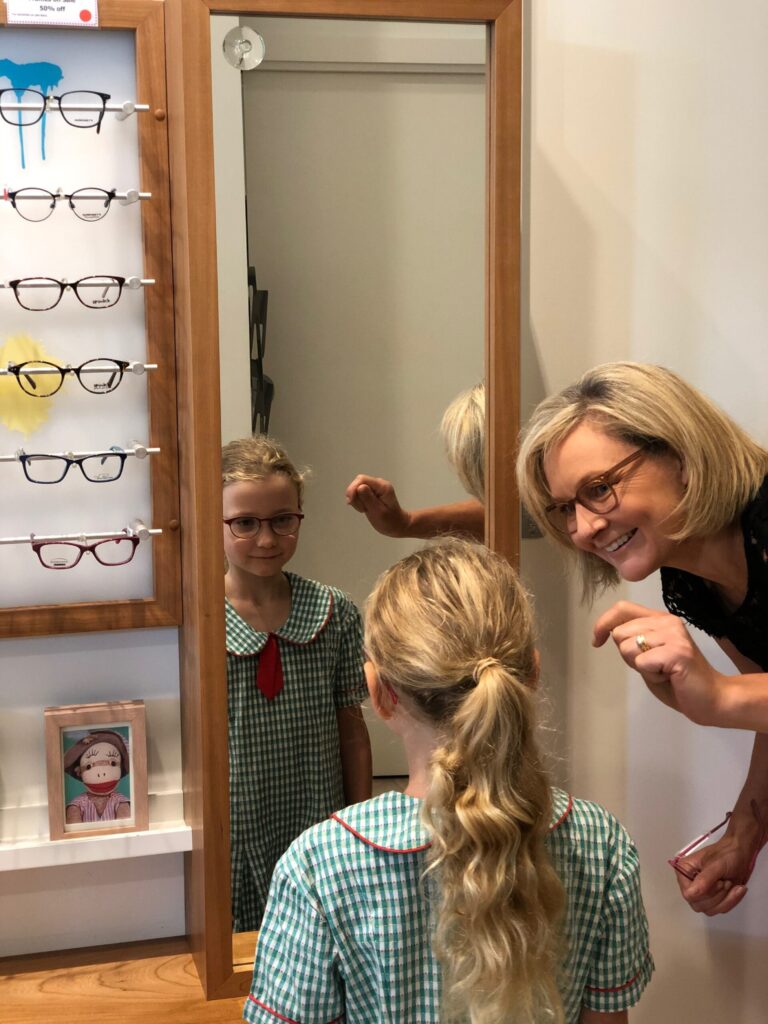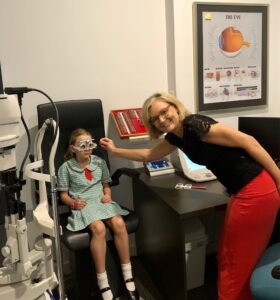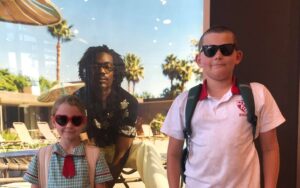Managing Childhood Myopia

What is Myopia?
Myopia, also known as short-sightedness, is a visual condition that results in blurred distance vision. This occurs due to refractive error; a consequence of the eyeball being longer than it should be, causing images of distant objects to be focused ‘in front of’ rather than ‘on’ the light sensitive retina.
It is estimated that around 200,000 Australian kids aged 0-14 are living with myopia, a staggering number considering poor vision can impact a child’s development.
Unfortunately, Covid-19 has significantly increased the burden of myopia. Lockdowns have resulted in a spike in prevalence, incidence, and progression of myopia. This is in part due to the correlation between prolonged screen-time and an increase in myopia; occurring due to an increased amount of time spent on near work, and decreased outdoor time where long-distance vision is used.
Why is Myopia an Issue?
The impact of myopia is substantial. Higher levels of myopia lead to a greater risk of developing sight-threatening complications, especially in older individuals; these include glaucoma, myopia macular degeneration, retinal detachment, and cataracts. More immediately, uncorrected myopia has an influence on the quality of life of young people, as poor vision can impact a child’s development as well as affect children’s scholastic performance.
What are the Signs of Myopia?
As a parent it’s important to be aware of the signs of myopia in children as the average onset of myopia is around 8 years old, and early treatment can slow progression. Signs in children can include:
- Difficulty seeing the whiteboard or smartboard at school
- Screwing up their eyes or squinting to see objects in the distance
- Sitting close to the TV or needing to sit at the front of the classroom
Tips to Keep Vision Healthy!
Do these regularly!
Treating Childhood Myopia…
Be proactive!
It’s crucial for children to visit an optometrist early for a full eye examination, especially before their first year of school. Regular eye exams should also occur every two to three years as they progress through their primary and high school journeys. This is particularly important if your child is showing signs that they may be experiencing or developing short-sightedness.
Book an appointment for your child today!







